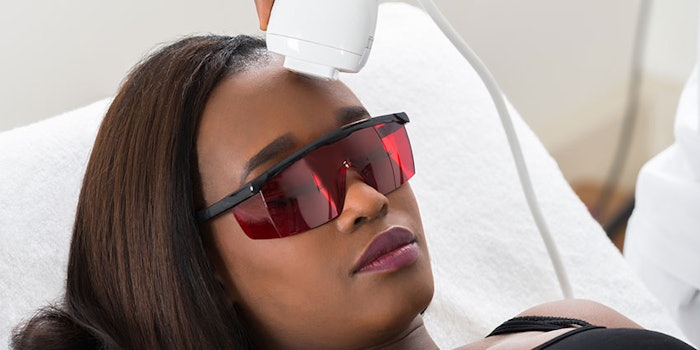
Laser treatments are safe to treat skin of color—however, certain factors need to be taken into consideration to ensure the client’s safety, according to a recent Dermatology Times article. Health history, genetics and other criteria can help estheticians to narrow what type of laser to use and how to proceed with treatment, instead of writing off lasers as unsafe for people of color.
Client Health
During treatment consultations, estheticians should take client histories so that diseases with the potential to change the skin, such as diabetes, can be taken into account when planning the best course of laser treatment for clients of all skin colors.
Genetic Background
Skin color is not the only defining characteristic of the physiology of a client's skin. Melanin is dispersed through the epidermis through melanosomes in a variety of ways depending on a client's ethnicity and sun exposure. All of this helps to make up the skin's culture, including clients of color with a range of ethnicities in their genetic history.
These factors may place some clients at a higher risk for effects such as pigment changes and scarring, since melanocytes are more prone to cold- and heat-induced injury.
Treatment
The U.S. Food and Drug Administration has approved three laser hair removal wavelengths for the treatment of skin of color:
- 805-nm;
- 1060-nm; and
- 1064-nm (believed to the be the safest option).
Estheticians should also take note of a laser device's cooling methods when treating skin of color, as contact-cooling, cryogen spray and air cooling have different effects.
For more on lasers and clients of color, visit DermatologyTimes (source).










